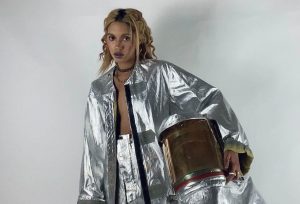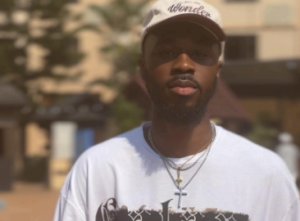In a disturbing turn of events, Taylor Swift has become the latest victim of explicit and abusive deepfake images circulating online. This rising trend poses a significant challenge for tech platforms and anti-abuse groups, who are grappling with the difficulties of combating such content.
The scandal erupted on the social media platform X, where sexually explicit and abusive deepfake images of Swift gained wide circulation. Swift’s passionate fanbase, known as “Swifties,” swiftly mobilized in response. Launching a counteroffensive on the platform, they utilized the #ProtectTaylorSwift hashtag to inundate it with positive images of the pop star and reported accounts responsible for sharing the offensive deepfakes.
Reality Defender, a group dedicated to detecting deepfakes, reported a surge in nonconsensual pornographic material featuring Swift, particularly on X. Unfortunately, despite efforts to remove the explicit content, it had already spread to Meta-owned Facebook and other social media platforms.
Mason Allen, head of growth at Reality Defender, expressed the challenges faced in combating the dissemination of these deepfakes. At least a couple of dozen unique AI-generated images were identified, with football-related visuals being the most widely shared. These explicit deepfakes not only objectified Swift but also, in some instances, depicted violent harm to her deepfake persona.
The prevalence of explicit deepfakes has seen a notable uptick in recent years. Advances in technology have made the creation of such images more accessible and user-friendly. A 2019 report from AI firm DeepTrace Labs revealed that these images were predominantly weaponized against women, with Hollywood actors and South Korean K-pop singers being the primary targets.
This incident aligns with Swift’s history of advocacy against wrongdoing. Notably, in 2017, she filed a lawsuit against a radio station DJ who allegedly groped her. Although the jury awarded Swift a symbolic $1 in damages, the incident highlighted her commitment to addressing injustices, especially within the context of the MeToo movement.
Responses from the platforms involved have varied. X directed inquiries to a safety account post, emphasizing its strict prohibition of sharing non-consensual nude images on the platform. Meta, the parent company, condemned the content across various internet services and pledged to take appropriate action against violators. However, concerns were raised about the reduced content moderation efforts on X since Elon Musk’s takeover in 2022.
Major tech companies, including Microsoft, whose image-generator is based partly on DALL-E, are now investigating whether their tools were misused. Microsoft has reiterated its policy against adult or non-consensual intimate content.
The incident has prompted federal lawmakers, such as U.S. Rep. Yvette D. Clarke and U.S. Rep. Joe Morelle, to emphasize the urgent need for better protections. Clarke’s proposed legislation includes digital watermarking for deepfake content, while Morelle’s bill aims to criminalize the sharing of deepfake porn online.
As the Taylor Swift deepfake scandal unfolds, it underscores the pressing need for comprehensive measures to combat the growing threat of explicit deepfake content. While tech platforms grapple with the challenges posed by evolving technology, lawmakers and activists continue to advocate for legislation and awareness campaigns to protect individuals from the malicious use of deepfake technology.











Be First to Comment